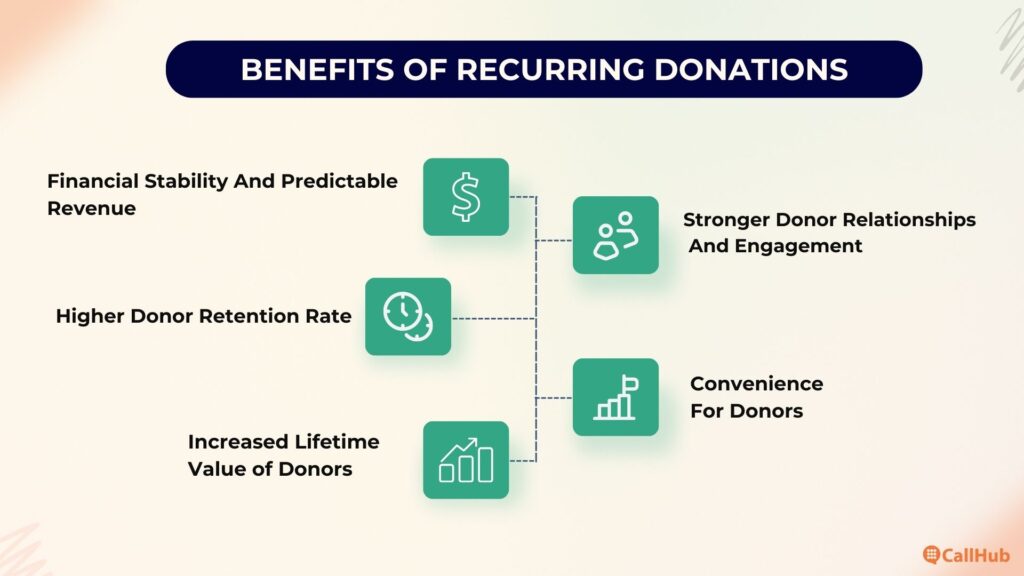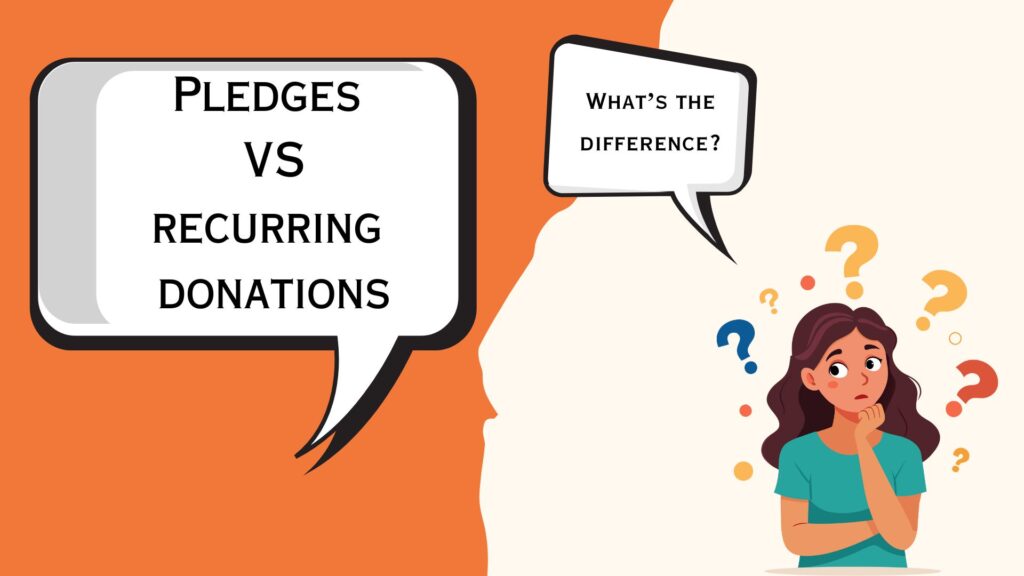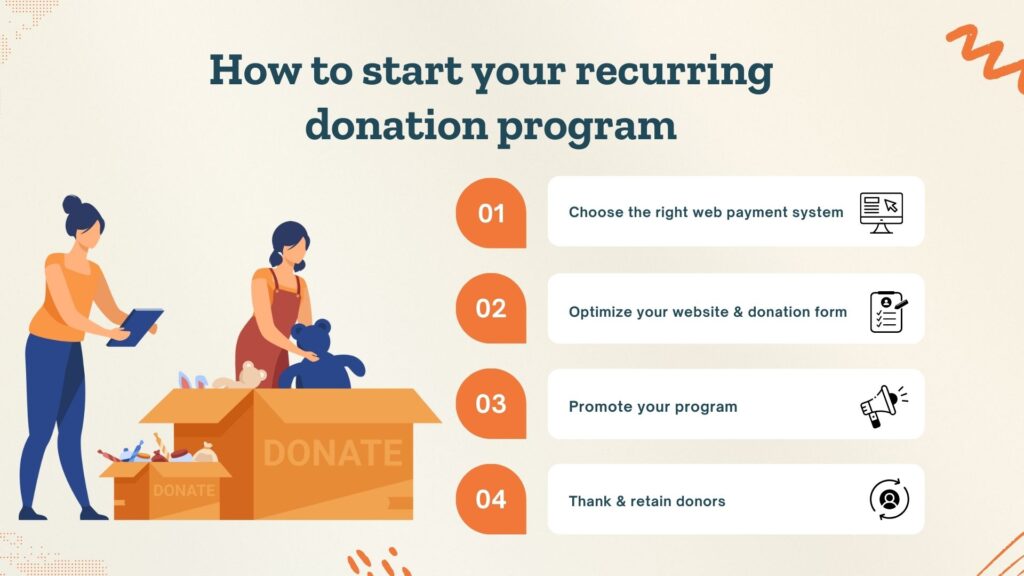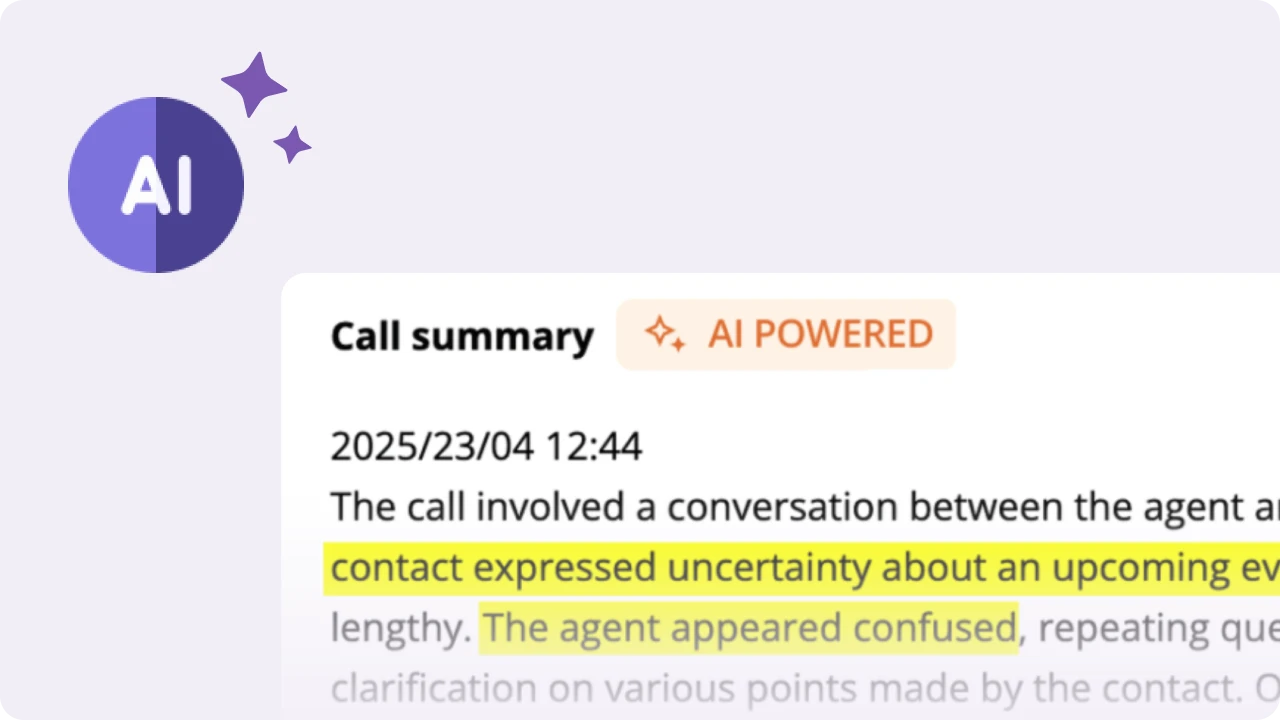Table of Contents
Have you ever daydreamed about a donation strategy that works while you sleep? Just imagine: your nonprofit wakes up every month knowing exactly how much funding is coming in – no last-minute scrambles, no unexpected shortfalls. Sounds great, right? That’s a recurring donation welcoming you to its world.
According to Giving USA, recurring donations have seen significant growth and impact in recent years. They have increased by an impressive 127%, highlighting the rising popularity among donors. On average, a recurring donor contributes approximately $940 annually and continues their support for about eight years, providing nonprofits with long-term, reliable funding.
In a world where web payment systems and donor management programs have simplified giving, the opportunity to foster monthly donors has never been greater.
What are recurring donations?
Recurring donations are automatic contributions that allow donors to support your cause at regular intervals—typically monthly—without manually donating each time. By setting up a recurring giving program, nonprofits can ensure sustainability while making it easier for donors to contribute consistently.
Why are recurring donations growing?
- The convenience of web payment systems has made setting up monthly giving easier than ever. With just a few clicks, donors can enroll in automated giving, eliminating the need to remember to donate manually each month. Platforms like PayPal, Stripe, and Classy make this process seamless.
- Donors appreciate the flexibility of spreading their contributions over time instead of making a large one-time donation. A $500 gift may feel overwhelming in one lump sum, but donating $50 monthly feels more manageable and sustainable.
- Nonprofits can cultivate deeper relationships by engaging with donors regularly and showing them the impact of their contributions. Monthly donors receive updates, exclusive stories, and personalized thank-you messages, making them feel like an integral part of the organization’s mission.
Benefits of recurring donations

1. Financial stability & predictable revenue
Recurring donations provide nonprofits with a reliable revenue stream, reducing the dependency on seasonal giving. Organizations can focus on long-term impact rather than short-term funding goals with consistent funding.
As said, on average, recurring donor gifts are worth 4x more in lifetime value than those from one-time donors. The same donors who give monthly will consider making a planned gift to your nonprofit.
Recurring donors can help you create a financial foundation that allows you to budget more effectively, reduce administrative costs associated with repeated fundraising campaigns, and minimize revenue fluctuations.
Read more: Steps to guide you in major gift fundraising.
2. Higher donor retention rate.
If it were a dating scene, nonprofits would be stuck in an endless cycle of bad first dates. You meet your donor, and they seem interested. They make a one-time gift and then poof! – they vanish like a ghosted Tinder match. If you wish to have more dates after that, here is an ultimate guide to donor retention.
For a nonprofit, retaining donors is far more cost-effective than acquiring new ones.
On average, the retention rate of recurring givers is 83%, compared to 45% for single-gift donors.
Explore the donor engagement cycle to enhance retention.
3. Increased lifetime value of donors.
Monthly donors contribute more over time than one-time givers. For example, a donor who gives $20 per month contributes $240 annually, far exceeding a typical one-time donation.
A one-time online donation averages $128 in the United States, while recurring online donors contribute around $326 annually, reflecting their higher commitment to supporting charities and nonprofits.
It’s like choosing between birthday cash from your grandma and a friend who always picks up your coffee tabs, which might not seem like much at first, but over time, it really adds up! And if they stick around for years? That’s some serious impact (and way better than getting a one-time “good luck” handshake or a text message).
4. Stronger donor relationships & engagement
Consistent engagement through monthly giving transforms recurring donors into deeply committed supporters of a nonprofit’s mission, ultimately strengthening relationships and driving long-term impact.
Regular updates, behind-the-scenes insights, and personalized engagement make them an integral part of the organization. Engaged donors are more likely to advocate for your cause, share campaigns, recruit new supporters, or even volunteer for initiatives.
This emotional bond and loyalty continue to add value to the nonprofit’s mission. A tip for you is to manage donor data to nurture those relationships effectively.
To maintain strong loyalty, read this stewardship guide to know how.
5. Convenience for donors
Let’s face it, everyone prefers set-it-and-forget-it convenience – whether it’s auto-paying bills, subscribing to a streaming service, or having a coffee machine magically appear at their doorstep. So why should donating be any different?
Don’t get me wrong; donors would love stewardship and knowing when and where their donations are put to use, but seeing their money debited monthly? This might make them think twice before donating every time. Be it a one-time or recurring donation.
Recurring giving lets donors support their favorite causes without the mental gymnastics of remembering to give. No calendar reminders, no last-minute guilt donations – just seamless, ongoing impact. Their contributions are automatically processed monthly, making them nonprofit heroes on autopilot.
Understandably, recurring donation is an effortless giving model that stands in contrast to pledges, which require a different level of commitment and follow-through. Check out our guide on the pledge drive here. Let me take you on a small tour of the difference between the two:
Pledges vs recurring donations

It’s important to differentiate between pledging a donation and recurring donations. While both represent a commitment to support a cause, they function differently. Here’s how:
| Features | Pledges | Recurring Donations |
| Commitment | A donor promises to give at a later date | An automatic donation occurs on a set schedule. |
| Flexibility | Donors may or may not fulfil the pledge. | Funds are deducted automatically, ensuring consistency. |
| Impact | Nonprofits must follow up for fulfillment. | Steady income stream with less administrative work. |
| Administrative Effort | Requires reminders and tracking. | Minimal effort after initial setup. |
| Donor Retention | It can vary based on fulfillment rate. | Higher retention due to automation. |
While pledges can be valuable, recurring donations offer a more reliable funding source. If you wish to know about pledging donations, read here.
Tips to convert a one-time donor into a recurring donor

Turning a one-time donor into a recurring donor requires a strategic approach. Here are some effective methods:
- Make recurring giving the default option: Many donors don’t realize they have the option to give monthly. You can optimize your donation forms to highlight recurring giving as the default choice.
- Use storytelling to show impact: Personal stories help donors connect emotionally with your cause. Instead of generic appeals, share stories of beneficiaries whose lives were changed thanks to recurring donors.
- Offer multiple giving tiers: Give donors the flexibility to choose a donation amount that suits their budget. For instance, $10/month provides school supplies for a child, or $25/month covers a week’s food for a needy family.
- Incentivize recurring donations: Consider offering perks like exclusive content, behind-the-scenes updates, or small thank-you gifts to encourage monthly giving.
- Follow up with personalized thank you messages: A warm, customized thank-you email (or even a handwritten note) can leave a lasting impression and strengthen donor relationships.
- Provide easy opt-out options: Donors should feel in control of their giving. Making it easy to adjust or cancel their recurring gift fosters trust and long-term commitment.
Read more to find out how to ensure you get long-term donors.
How to start your recurring donation program

Launching a recurring giving program doesn’t have to be overwhelming. Follow these steps:
- Choose the right web payment system
Select the donor management program that supports automatic donations.
Click here to explore top recommendations for donor software solutions to streamline your fundraising.
- Stripe (secure processing).
- PayPal (trusted by donors worldwide).
- Classy (nonprofit-friendly features).
- Optimize your website & donation forms.
- Ensure your donation forms are mobile-friendly.
- Highlight the ease and impact of recurring donations.
- Minimize required fields to make signing up effortless.
Read More: Mobile Donating: How it Can Transform Your Fundraising.
- Promote your program
- Feature recurring giving prominently on your website.
- Share donor stories and testimonials on social media.
- Include an option for recurring giving in email campaigns.
- Thank & retain donors
- Automate personalized thank-you emails.
- Send regular impact updates to keep donors engaged.
- Offer exclusive benefits like webinars or a newsletter for recurring donors.
Read More: Texting for Donor Retention and Engagement – Strategies and Templates
The future of nonprofit funding
Recurring donations represent more than a fundraising strategy – they’re a relationship-building approach transforming how nonprofits connect with supporters.
Discover how to set up a successful monthly giving program by reading our in-depth articles.


